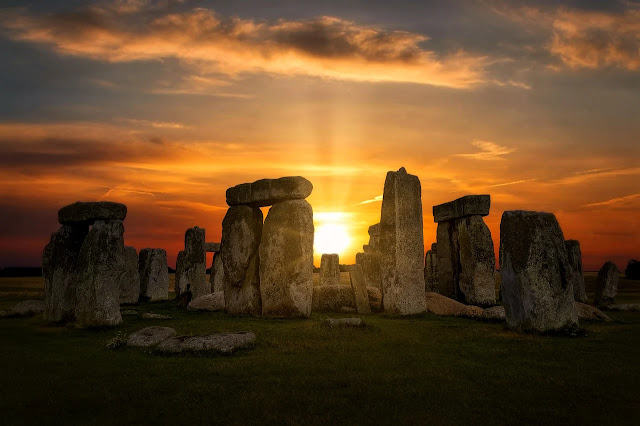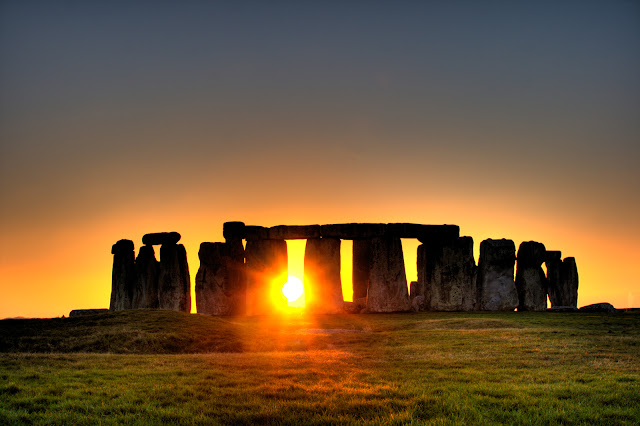WHY NOW Watch the sunrise over Neolithic stones, along with druids and dawn-seekers WHERE Stonehenge, Wiltshire DATES Summer solstice, usually 21 June The celebrations to mark the longest day of the northern year date back to pre-Christian times and inspire various rituals, from fertility rites to invocations of future agricultural success.
One of the most famous summer solstice celebrations is at England’s Stonehenge. From 1972 to 1984 neo-druids and other alternative communities converged on the Neolithic stone circle for the Stonehenge Free Festival but in 1985 a clash between riot police and travelers setting up the festival led to the site being off-limits for solstice. Thankfully, it reopened in 1999, and the spiritual dawn now attracts more than 20,000 people.
The Solstice at Stonehenge gives the worshippers of the Sun a chance to see something they've never seen before. In addition to that, it is also one of the best times for making some impressive photos on your iPhone. The Solstice at Stonehenge is a time when time stands still and people can experience peace and harmony with nature.
The ancient monument in Upper Swell, Salisbury, is one of the most impressive places for festivals. The Solstice at Stonehenge is the summer season's most important event for celebrating the longest day and shortest night of the year. This was a popular tradition for early Britons, who celebrated this event annually as part of their religious life.
The celebration also incorporated other winter solstice events, like Fire-Festival and Animal Fertility Festival. The Solstice at Stonehenge is one of the most important events in history. It is an ancient and unique winter solstice festival for those who live in Britain. The ancient Druids used to perform a ritual to mark the shortest day and longest night on the solstice.
This ritualistic event happens annually and this year also brings in its own set of celebrations with spectacular 17th-century buildings, like Stonehenge, still intact. Stonehenge has been a significant part of British culture since prehistoric times. It was built around 3000 BC and has continued to be significant ever since then, even now that it looks largely identical to its original form.
Source - CP






No comments:
Post a Comment